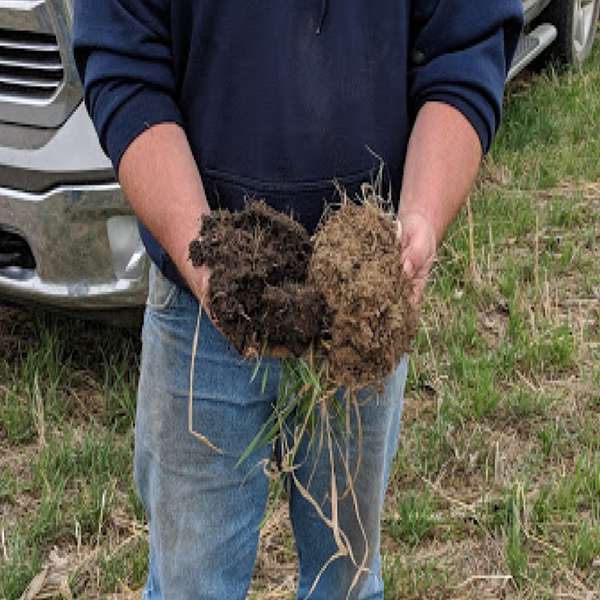
Talk to Me About Food
Talk to Me About Food
Living on the fat of the land - Regenerative Agriculture Part 1
Regenerative agriculture is practiced on a very small percentage of total farm and ranch land in the U.S., maybe 3-5%. This figure is growing by the day because it is a sustainable approach to growing and raising food that also mitigates some of the effects of climate change.
This is Part 1 of a two-part story. It seeks to define what regenerative agriculture is, how it’s different from conventional agriculture, and why we should care. Part II will delve into the challenges and opportunities around upending the current model of agriculture and the food system it supports, including our role as consumers in this system.
Matt Ridenour, Senior Portfolio Lead at IDEO, a global design company, helps me set the stage by sharing an overview of the Rockefeller Foundation's Food System Vision Prize and the emergence of regenerative agriculture as a major theme.
Jack Algiere, farm director at Stone Barns Center, gives us a snapshot of what happens on their land. Stone Barns is one the pioneers in the regenerative agriculture movement.
Then, I try to define more broadly what is regenerative agriculture. On one level, it is a set of principles and practices. Gabe Brown and Allen Williams, farmers, ranchers, and consulting educators at Understanding Ag lay out their approach.
Regenerative agriculture is also an ethos; a value system that advocates for a more equitable relationship across the food chain. Rebecca Chesney, who leads much of IDEO’s work on redesigning the food system, and Linyee Yuan, Founder and Editor at MOLD, a platform exploring the future of food, expand on this shift in philosophy.
Finally, Allen Johnson helps me look at why we should care about considering this alternative but disruptive approach to growing and raising food. The starting point is a dire picture of soil health and fertility, and the resulting environmental challenges. On top of that, the inequalities in the food system that flows from conventional agriculture are reason enough, for some, to embrace a reimagined system underpinned by regenerative agriculture.
Sounds courtesy of diegolarat freesound.org
Image courtesy of Gabe Brown of Brown's Ranch near Bismarck, ND